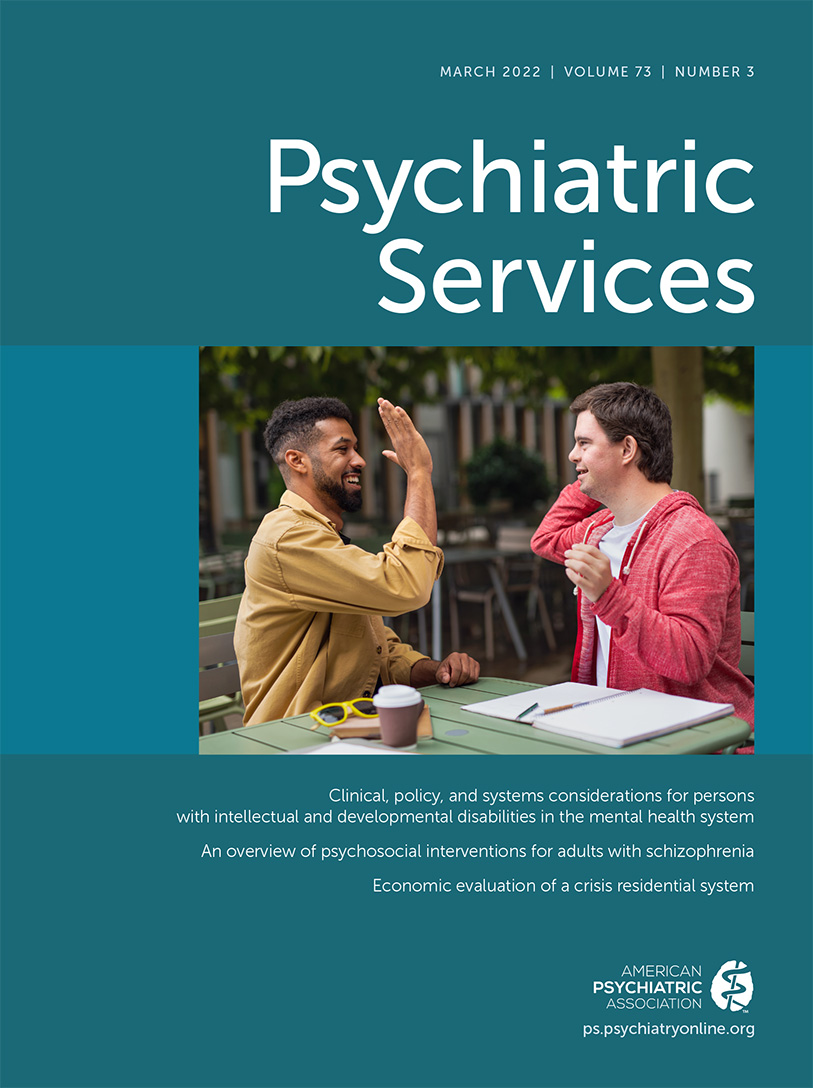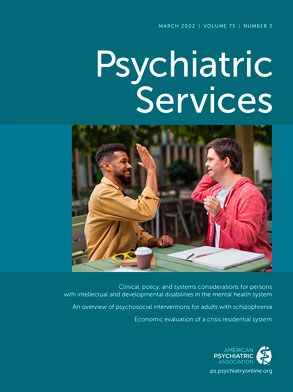On the evening of August 4, 2020, the Lebanese capital, Beirut, was struck by the third-most-powerful nonnuclear explosion in history. The blast caused devastation to the harbor area and neighborhoods within a 3-mile radius, killing, injuring, and displacing thousands of citizens. The explosion came in the wake of political unrest, deplorable socioeconomic conditions, and a health care system challenged by the COVID-19 pandemic (
1)—a perfect storm heralding a national mental health crisis (
2).
An effort led by international agencies was set in motion to support physical restoration and provide primary resources and psychosocial care to a population still in shock. A local response was also established by nongovernmental organizations and university hospitals. This column describes the experience of the improvised emergency response team at the Department of Psychiatry at the American University of Beirut Medical Center (AUBMC).
Adapting Services to a National Emergency
In the earliest days after the explosion, the Lebanese population drowned in a “psychological shockwave.” The impact was experienced directly by survivors, first responders, and citizens of areas surrounding the explosion and indirectly through relentless and ruthless media exposure. Mental health professionals were not spared. Nevertheless, many of these professionals took part in establishing and volunteering in mental health responses while also processing and managing their own experiences.
At AUBMC, the Department of Psychiatry developed the Trauma Assessment and Support Clinic (TASC), a rapid, specialized, and free clinic to address acute mental health needs in the community and provide an alternative to potentially unvetted pop-up mental health care initiatives.
The clinic brought together professionals with diverse clinical expertise, including two psychiatrists, two senior psychiatry trainees, three adult psychotherapists and one child and adolescent psychotherapist, a neuropsychologist, a social worker, and a specialized psychiatric nurse. Clinicians maintained their regular responsibilities and clinics while volunteering at the trauma clinic. The service was advertised on the hospital’s social media platforms and by word of mouth. Patients calling the service’s direct line and those referred by clinicians were first assessed by a psychiatric nurse and triaged to either a psychiatry or psychotherapy appointment, based on the severity of symptoms and the potential need for a pharmacological intervention. Suicidal patients were redirected to the emergency department. The triage nurse followed up on patients who canceled or did not attend their appointment. Trainees received regular supervision. Additionally, team members consulted and coordinated with each other for the duration of the service.
The clinic, in its emergency response format, ran for 6 consecutive weeks. A total of 43 individuals contacted the TASC inquiring about its services and requesting an appointment. Nearly 30% (N=12) of these individuals did not show up for their appointments. Reasons for missing appointments included “feeling better,” spontaneous symptom reduction, and the belief that the service would be better used for needier patients. Among those who were seen in the clinic, women outnumbered men by a 2:1 ratio. Children and adolescents constituted 42% (N=18) of service users. Adults who presented to TASC had a variety of symptoms that fell under three major intertwined clusters: trauma, mood, and anxiety. Most parents seeking help for their children did so because they observed changes in their children’s behavior, ranging from internalizing symptoms, such as separation anxiety, to externalizing symptoms, such as aggressive behavior. Psychological first aid, support, stabilization, and psychoeducation were the most commonly implemented interventions.

